• Adenovirus Service • AAV Service • Lentivirus Service • Retrovirus Service




mRNA vaccines have attracted significant interest recently due to their success during the COVID-19 pandemic. Their success is attributed to advances in the design and encapsulation of mRNA into ionizable lipid nanoparticles (iLNPs). These vaccines are based on mRNA encapsulated in iLNPs, which are approximately 100 nm in diameter, and have a neutral surface charge and a dense electron-rich oily core. iLNP is currently the most clinically advanced mRNA delivery vehicle. In order to apply mRNA to these other areas, further optimization and development of iLNPs and mRNA may be required. Therefore, a method that can be used to make mRNA-iLNPs could allow more researchers to evaluate and advance them.

Neuronal cell loss is a defining feature of Alzheimer's disease (AD), but it is currently unclear how neurons die and how this relates to other defining features of the disease. Existing in vivo AD models only partially recapitulate the neuropathology of AD, with very minimal or no neuronal cell loss.
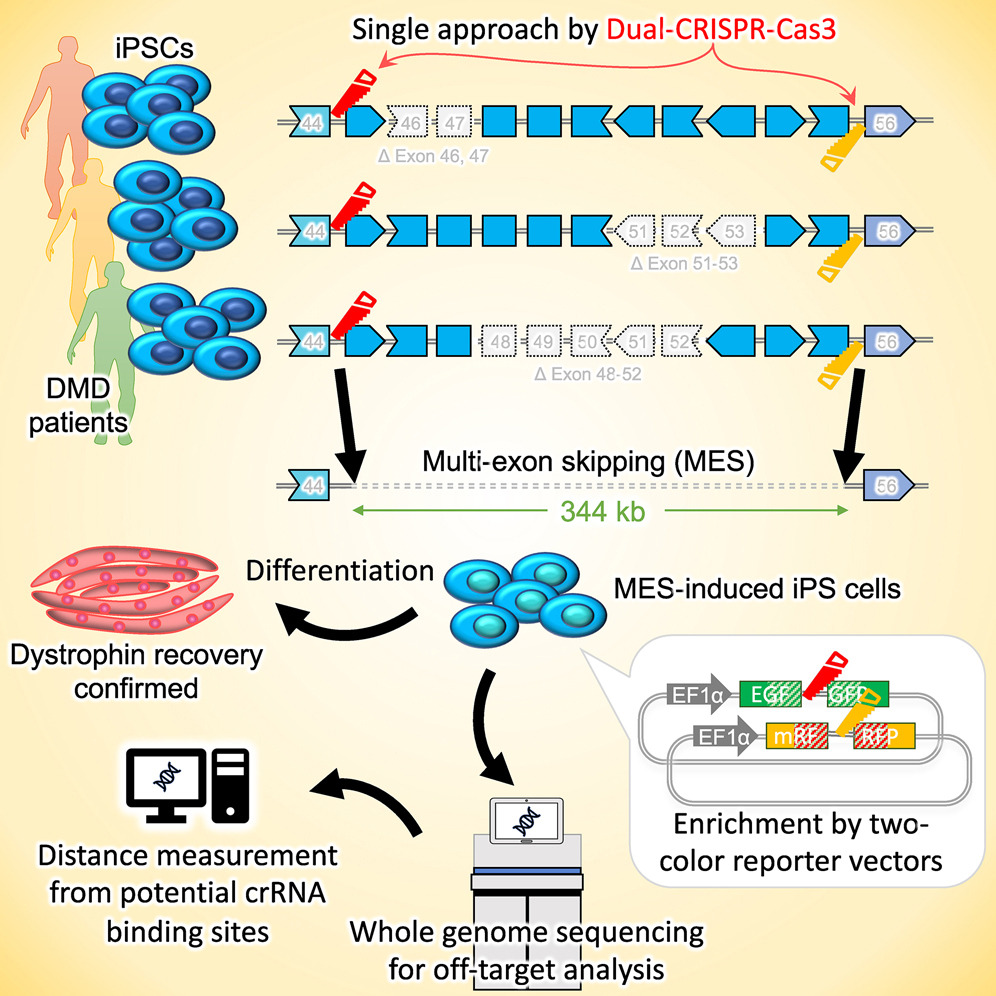
Duchenne muscular dystrophy (DMD) is a severe muscle degenerative disease caused by genomic mutations that cause a frameshift in the dystrophin gene. Exon skipping is a promising approach to restore dystrophin, and the CRISPR-Cas9 system is emerging as an emerging approach. However, techniques for inducing large deletions to cover target exons spread over hundreds of bases are limited.

Alcohol use disorders (AUD) impose significant personal, social, and economic costs worldwide. Return to drinking is common among patients with AUD seeking treatment, resulting from cycles of repeated abstinence-relapse episodes, even with currently available pharmacotherapy.
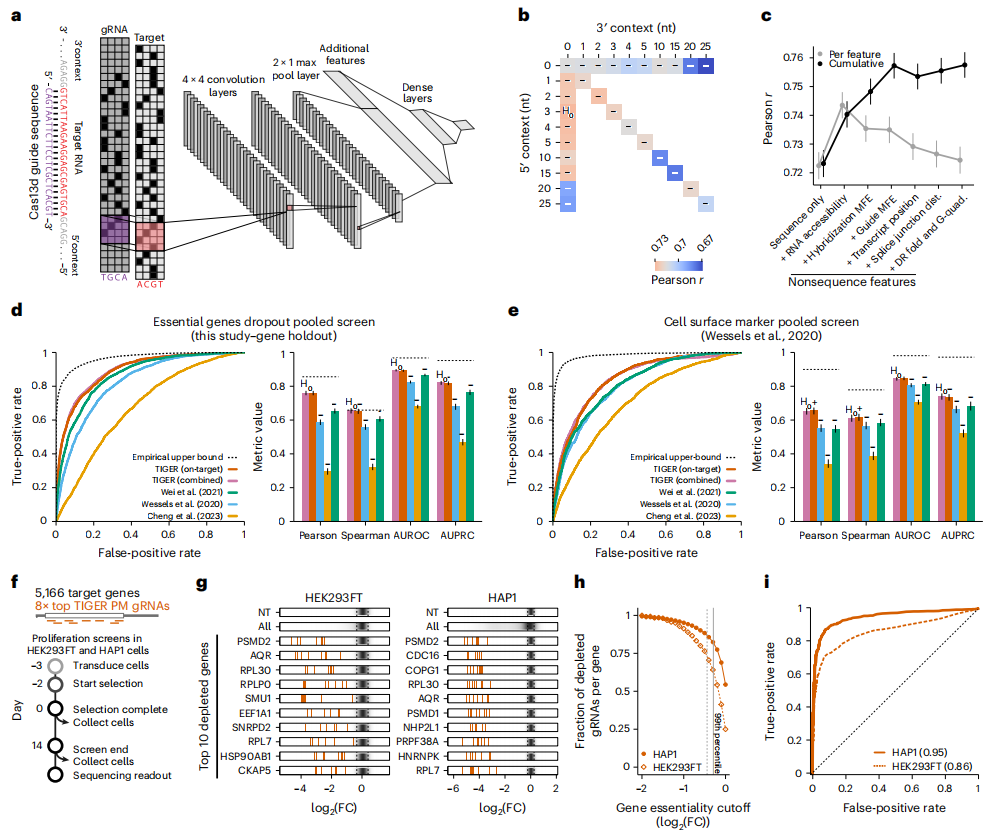
CRISPR gene editing technology has many applications in biomedicine and other fields, from the treatment of genetic diseases and cancer, to agricultural breeding, nucleic acid detection and so on. CRISPR gene editing relies on its two components, the guide RNA (gRNA) is responsible for identifying and targeting the target site, and the Cas enzyme is responsible for cutting the target site. CRISPR-Cas9 is the most widely used CRISPR system, but more and more studies have shown that it has potential risks for direct DNA cutting.

Most cancers exhibit aneuploidy, but its functional significance in tumorigenesis is controversial. Recently, in a research report titled "Oncogene-like addiction to aneuploidy in human cancers" published in the international journal Science, scientists from Johns Hopkins University School of Medicine and other institutions found that cancer cells with extra chromosomes may rely on these chromosomes to fuel tumor growth. Eliminating these extra chromosomes prevents the cells from forming tumors. Related research results suggest that selectively targeting extra chromosomes may provide a new way to treat cancer.
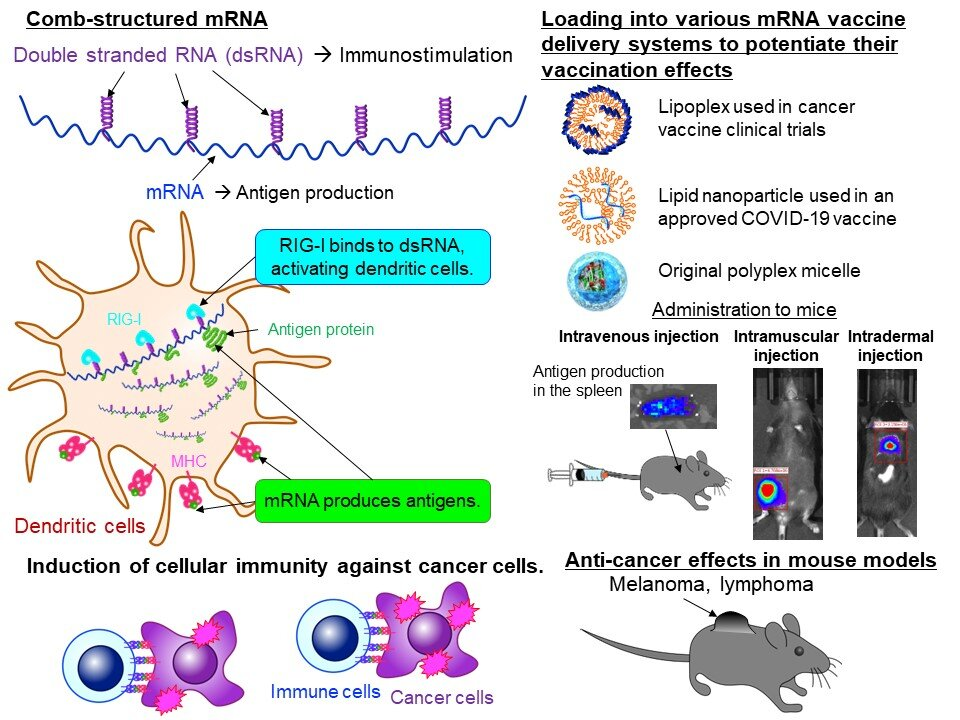
The mRNA COVID-19 vaccine has allowed us to witness the effectiveness, safety and great potential of mRNA technology. Currently, research institutions around the world are targeting cancer as the next target for mRNA technology. mRNA cancer vaccines activate cellular immunity to attack cancer cells by producing proteins (i.e., tumor antigens) specifically expressed in cancer cells. However, cancer cells are not easily distinguishable from normal cells, and cancer cells are immunosuppressive, making the development of mRNA cancer vaccines more challenging than mRNA infectious disease vaccines. Therefore, it is necessary to improve the efficacy of mRNA cancer vaccines, and enhancing immune activation through adjuvants is an effective strategy. But if the adjuvant is too strong, it will cause adverse reactions. An adjuvant that is too weak does not provide sufficient activation. Previous mRNA vaccines all have adjuvant effects, but there is a lack of rational and practical methods to obtain controllable adjuvant activity. Researchers from the Kawasaki Institute of Industrial Promotion in Japan published a research paper titled "Comb-structured mRNA vaccine tethered with short double-stranded RNA adjuvants maximizes cellular immunity for cancer treatment" in the Proceedings of the National Academy of Sciences. The study constructed a brand-new mRNA structural form, combining the single-stranded mRNA sequence encoding the antigen with the double-stranded RNA (dsRNA) to form a comb-like structure, in which the single-stranded mRNA is responsible for producing the antigen, and the dsRNA acts as an assistant. It can further activate immune cells, and has shown high anti-tumor effects in melanoma and lymphoma model mouse experiments. The intensity of immune stimulation can also be controlled by adjusting the amount of dsRNA, so as to achieve controllable adjuvant activity and ensure safety while improving vaccine efficacy. In this study, the research team used mRNA engineering techniques to develop a method to directly incorporate an adjuvant into single-stranded mRNA encoding an antigen without interfering with its ability to produce the antigenic protein. The research team designed a short dsRNA targeting the natural immune receptor RIG-I, and loaded it onto the single strand of mRNA by hybridization, thereby obtaining a comb-structured mRNA. By changing the dsRNA length and sequence, are able to efficiently activate RIG-1. Comb-structured mRNA generated by this method efficiently activates dendritic cells (DCs), which play an important role in vaccine efficacy. In addition, the intensity of immune stimulation can also be controlled by changing the amount of dsRNA bound to the single strand of mRNA. This is critical to achieve adequate vaccine efficacy while preventing excessive immune activation and ensuring safety. Next, the research team evaluated the effect of this new mRNA cancer vaccine in tumor mouse models. The results showed that when comb-structured mRNAs were loaded onto lipid nanoparticles (LNPs) used in clinical trials of cancer vaccines, the cellular immune activity necessary to attack cancer cells was significantly enhanced. In mouse models of melanoma and lymphoma, the tumors were significantly reduced in size and their lifespan was significantly extended.

Polymerase chain reaction (PCR) is a widely used technique in molecular biology. It allows researchers to amplify specific DNA fragments from complex mixtures, providing a powerful tool for a wide range of applications from genetic research to medical diagnostics. In addition to standard PCR amplification, variants of this technique have also been developed. These include reverse transcription PCR (RT-PCR), quantitative real-time PCR (qPCR) and digital droplet PCR (ddPCR). Although widely adopted and routinely used, errors can occur leading to poor quality PCR products and thus unreliable results. Proper PCR protocol design and optimization can help reduce errors. An understanding of PCR principles, awareness of common mistakes, and experience can help researchers prevent problems in the first place and troubleshoot problems when they do occur. In this article, we provide a PCR troubleshooting guide covering some of the most common problems researchers encounter and how to overcome them.
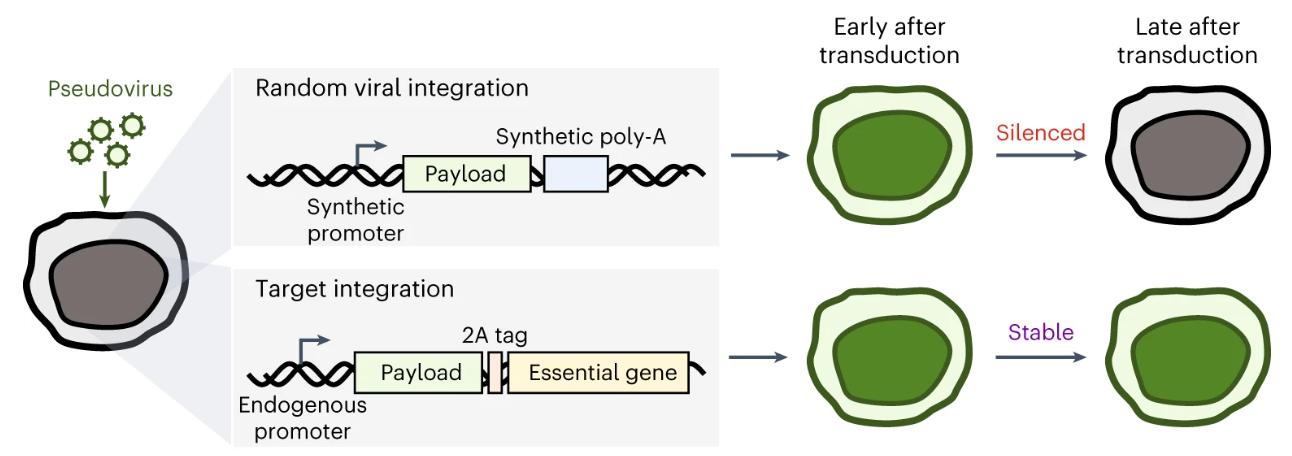
In order to maximize the therapeutic potential and improve the efficacy and safety of engineered cells, it is often necessary to express large fragments of genes or complex gene circuits in cells. For example, when constructing CAR-T cells, the ability of T cells to kill cancer cells can be improved by introducing chimeric antigen receptor (CAR) genes into T cells. CRISPR activation (CRISPRa), CRISPR interference (CRISPRi), and logic gates can further enhance the efficacy of CAR-T cell therapy, but its long-term expression in primary cells remains a major challenge.
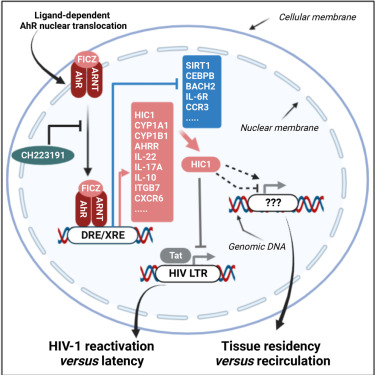
Antiretroviral therapy (ART) has transformed HIV-1 infection into a manageable chronic disease and increased the life expectancy of people living with HIV-1 (PLWH). During antiretroviral therapy, HIV can quietly hide in a reservoir of CD4+ T lymphocytes, a special type of white blood cell that plays an important role in activating the body's immune system to fight infection. The existence of these viral sanctuaries may explain why antiretroviral therapy must be continued throughout a patient's life to prevent HIV from replicating. According to WHO data, by the end of 2021, more than 3,800 people worldwide will be infected with HIV.